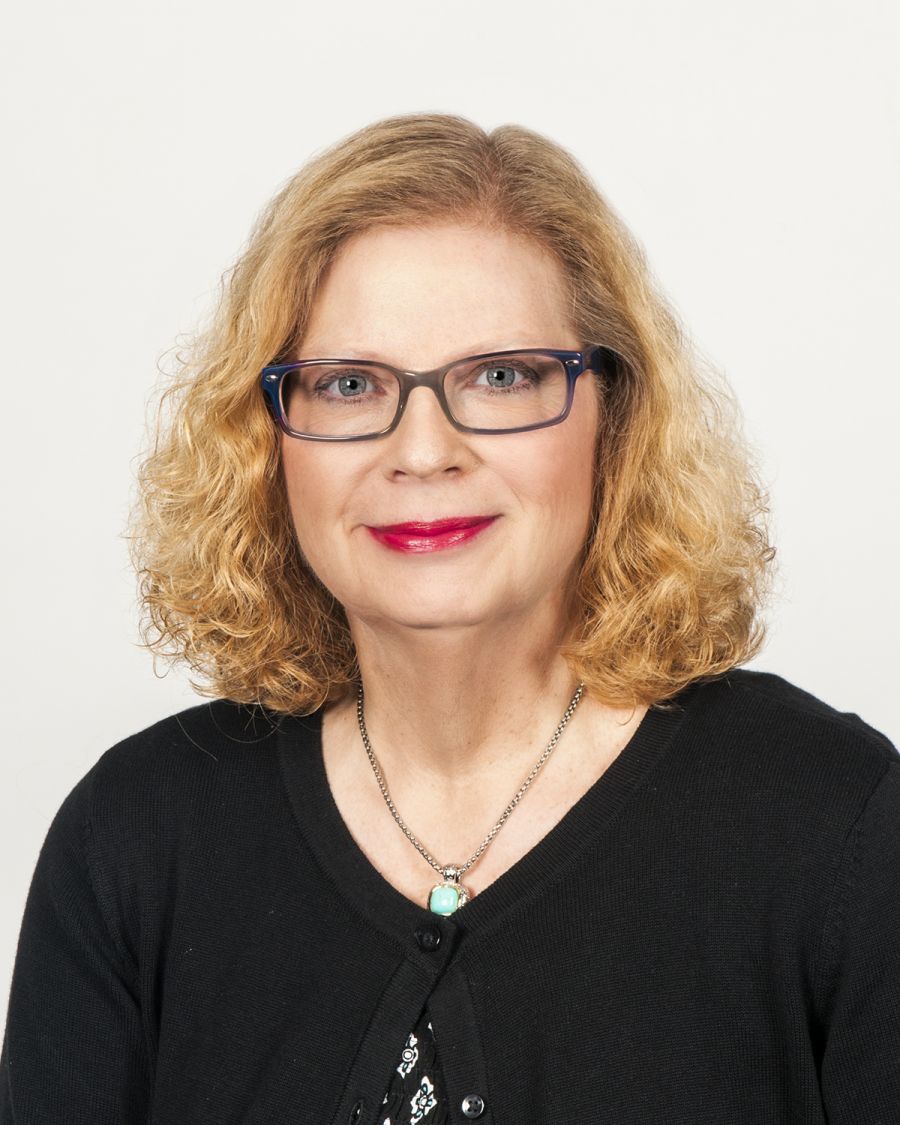


Education was an early concern in our nation’s history as we expanded past the original thirteen colonies. As territorial and state governments were formed, provisions were made to educate settlers into citizens. In early statehood, Illinois was surveyed into sections. One sixteenth of a section was set aside for public schools.
The earliest schools were subscription schools taught by itinerant schoolmasters who earned their living through tuition. The seminary educated pastors arriving in Illinois were dismayed at the fly by night teachers who were often not well-educated, unsavory, unkempt, and even cruel to students. Tuition-free schools taught by competent teachers was called for.
Common schools, as they were called, sprung up on the land allotted, meeting only two or three months a year as children were needed on farms and for other labor. Education was generally not offered to free or enslaved African Americans or to Native Americans except through missionaries. Some free black settlements did contract a teacher to hold classes. But, teachers of color were very rare in pre-Civil War days.
Basic education consisted of reading, writing, and ciphering to the 3rds. Orphaned white children who were “bound out” as apprentices were usually guaranteed this basic education along with learning a trade. If you were an African or Native American orphan, you were guaranteed to be taught a trade or housekeeping, but there was no guarantee that you would be educated. History, science, and government were taught as school terms increased and teachers were more educated.
The earliest private colleges in Illinois were established by churches, but in addition to theology, by law, they had to provide a liberal arts curriculum and agricultural education. Illinois College in Jacksonville bred horses not only to teach animal husbandry, but to support themselves financially. Our first public college, Illinois State University, was to educate teachers for the public schools and teach scientific agricultural methods.
This coupling of books and career set the pattern for most western colleges during the nineteenth century. Abraham Lincoln, in a speech to the Wisconsin Agricultural Fair, said that laborers needed education because a lively mind was necessary for progress. He argued that free labor was the cornerstone of a democratic nation, and education was essential to realize that goal.
After the Civil War, freedman schools taught trades and basic education necessary for formerly enslaved people. Historically black colleges were established, but there were many “first” black students in northern colleges and professions. Alongside teaching and farming, medicine, law, business and other skilled professions grew. Colleges were meeting the skilled and technological demands of the industrial age.
Public education provided individual success as well as progress, cohesiveness, and prosperity for the nation. Communities recognized the value of educated, skilled workers and leaders. If they did not have colleges in their communities, they held lyceums and chautauquas. These educational experiences were valued, but they weren’t enough to build careers on. They were more for cultural and social enrichment. It was out of this recognition that community colleges were born.
Community colleges have complex missions. We provide general education as a foundation for further specialized learning. We also provide career education so that people can make a good living. We offer workforce training to reskill people for advancement. We also provide a lifetime of learning that enriches people personally, culturally and socially.
And the most important part, education at the community college knows no barriers or discrimination. It is for everyone.

